The Nobel Prize in Physiology or Medicine has consistently recognized paradigm-shifting discoveries that redefine our understanding of life sciences. As we navigate the third decade of the 21st century, several groundbreaking biological breakthroughs are emerging as strong contenders for future Nobel recognition. These discoveries span from revolutionary gene-editing applications to unprecedented insights into cellular communication and the microbiome's role in human health.
The CRISPR Revolution Beyond Editing
While CRISPR-Cas9 gene editing already earned Jennifer Doudna and Emmanuelle Charpentier the 2020 Nobel Prize in Chemistry, subsequent developments in CRISPR technology have opened entirely new frontiers. Researchers have recently demonstrated that CRISPR systems can be employed not just as molecular scissors, but as sophisticated diagnostic tools capable of detecting minute quantities of viral RNA or DNA. This application proved invaluable during the COVID-19 pandemic, where CRISPR-based tests provided rapid, accurate results without requiring complex laboratory equipment.
Perhaps more groundbreaking is the emergence of base editing and prime editing - two CRISPR-derived technologies that allow precise single-letter changes in the genetic code without creating double-strand breaks. David Liu's lab at Harvard has pioneered these approaches, which could potentially correct up to 90% of known disease-causing genetic variants. Early clinical trials for sickle cell anemia and certain eye diseases show remarkable promise, suggesting these technologies might soon transition from lab benches to bedside medicine.
The Human Microbiome: Our Second Genome
Over the past five years, research into the human microbiome has evolved from cataloging microbial inhabitants to understanding their profound biochemical dialogue with our bodies. Cutting-edge studies reveal that gut bacteria produce neurotransmitters, modulate immune responses, and even influence cancer treatment outcomes. The most startling discovery involves the gut-brain axis, where specific microbial metabolites have been shown to cross the blood-brain barrier and affect neural function.
Jeffrey Gordon at Washington University has demonstrated that microbiome transplants can reverse metabolic syndrome in human trials, while others have linked microbial profiles to autism spectrum disorders and Parkinson's disease. These findings suggest we may be on the verge of microbiome-based therapeutics that could treat conditions ranging from depression to autoimmune disorders. The implications are so profound that many consider this field ripe for Nobel recognition, particularly if clinical applications prove successful.
Cryo-EM's Structural Biology Revolution
The 2017 Nobel Prize in Chemistry honored cryo-electron microscopy (cryo-EM) as a technique, but recent applications have yielded biological insights worthy of separate recognition. Researchers have used cryo-EM to visualize previously intractable molecular machines in unprecedented detail. Most notably, scientists captured the ribosome mid-translation, revealing the precise choreography of protein synthesis. Others have solved structures of entire viral replication complexes or neurotransmitter receptors in their native states.
What makes these discoveries Nobel-worthy is their immediate impact on drug development. Seeing exactly how potential drug molecules interact with their targets at near-atomic resolution has transformed structure-based drug design. Several recently approved medications for influenza, HIV, and rare genetic disorders owe their existence to cryo-EM structures. As the technique continues to reveal biological processes we could only theorize about previously, its pioneers may well join the Nobel pantheon.
Senescence and the Biology of Aging
The field of aging research has produced several Nobel-caliber advances in recent years. Most prominent is the development of senolytic drugs - compounds that selectively eliminate senescent cells. These "zombie cells" accumulate with age and secrete inflammatory factors driving numerous age-related diseases. Mayo Clinic researchers demonstrated that clearing senescent cells from mice extended their healthy lifespan by over 30%, while human trials show improved outcomes in pulmonary fibrosis and diabetic kidney disease.
Parallel breakthroughs include the discovery that plasma factors from young animals can rejuvenate aged tissues, and that epigenetic clocks can accurately measure biological age. Together, these findings suggest aging may be a modifiable biological process rather than an inevitable consequence of time. As clinical applications progress, the scientists who first proposed and demonstrated these concepts could well receive Nobel recognition for transforming gerontology from descriptive to therapeutic science.
Neuroscience: Decoding Thought and Memory
Two neuroscience breakthroughs stand out as particularly Nobel-worthy. First, the development of brain-computer interfaces that allow paralyzed individuals to communicate via imagined handwriting, achieving speeds approaching natural handwriting. This builds on decades of neural decoding research but represents a qualitative leap in functionality and clinical applicability.
Equally impressive are recent advances in understanding memory engrams - the physical embodiment of memories in neural circuits. Researchers can now label, activate, and even implant false memories in animal models by manipulating specific neuron ensembles. This work has profound implications for treating PTSD, Alzheimer's disease, and other memory disorders. The convergence of these technologies with single-cell sequencing and optogenetics has created an unprecedented window into consciousness itself.
Synthetic Biology: Designing Life from Scratch
The creation of the first synthetic bacterial cell in 2010 was a landmark achievement, but recent synthetic biology feats push boundaries further. Researchers have designed minimal genomes containing only essential genes, created artificial cells that can replicate, and engineered bacteria that can record environmental exposures in their DNA. Most remarkably, a team at Cambridge created synthetic mouse embryos from stem cells that developed beating hearts and neural tubes - without eggs or sperm.
These advances suggest we may soon design organisms for specific industrial or medical purposes, or even create synthetic human organs for transplantation. The ethical implications are as profound as the scientific ones, making this field particularly notable. The pioneers who developed the foundational tools for synthetic genomics and cellular programming are strong Nobel contenders as these technologies mature.
Immunotherapy 2.0: Beyond Checkpoint Inhibition
While cancer immunotherapy earned a 2018 Nobel Prize, next-generation approaches may deserve their own recognition. CAR-T cell therapy has achieved remarkable success against certain blood cancers, with some patients remaining in remission over a decade later. New developments include "off-the-shelf" universal CAR-T cells and CAR-NK cells that could make this treatment accessible to more patients.
Perhaps more revolutionary are bispecific antibodies that simultaneously target cancer cells and immune cells, creating artificial synapses that enhance killing. Early results in previously untreatable solid tumors have been striking. Meanwhile, personalized cancer vaccines tailored to individual tumor mutations are showing promise in clinical trials. These advances collectively represent a new era in our battle against cancer.
As these fields progress from fundamental discoveries to clinical applications, they exemplify the transformative potential of biological research. The coming years will likely see several of these areas recognized with Nobel Prizes, while others may spawn entirely new industries and therapeutic paradigms. What remains certain is that biology continues to offer profound insights into life's mechanisms - and increasingly, the power to reshape them for human benefit.
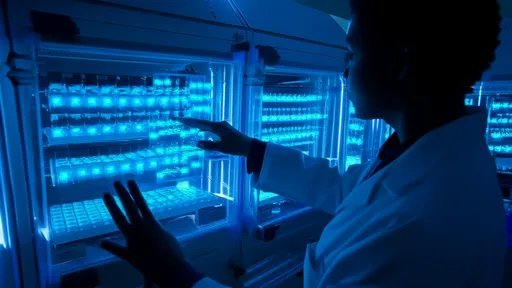
By /Jul 3, 2025
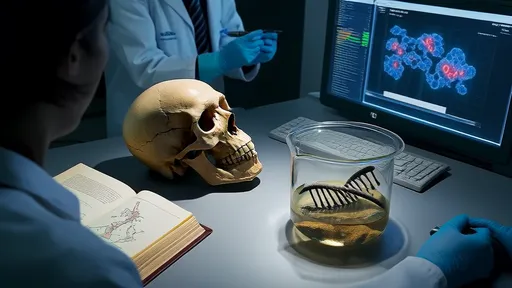
By /Jul 3, 2025
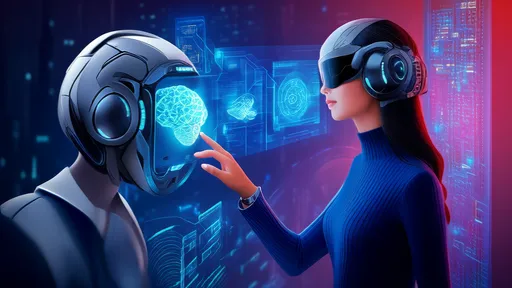
By /Jul 3, 2025

By /Jul 3, 2025
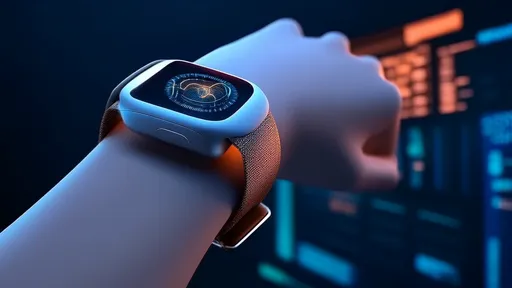
By /Jul 3, 2025
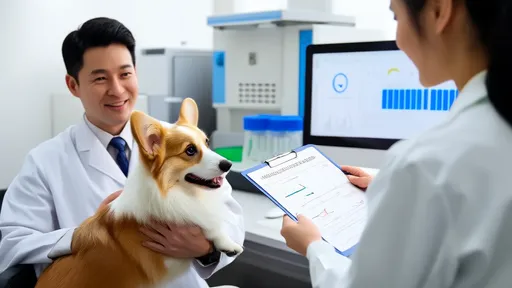
By /Jul 3, 2025

By /Jul 3, 2025
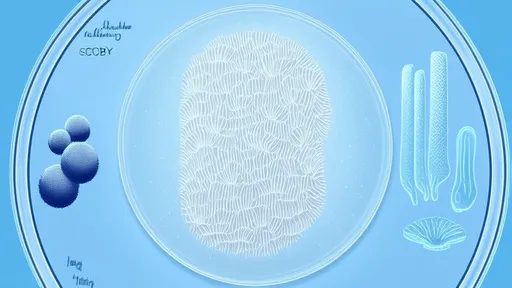
By /Jul 3, 2025
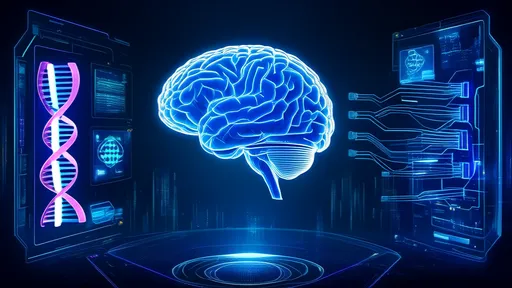
By /Jul 3, 2025

By /Jul 3, 2025
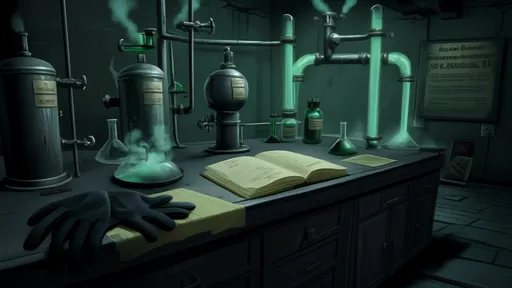
By /Jul 3, 2025
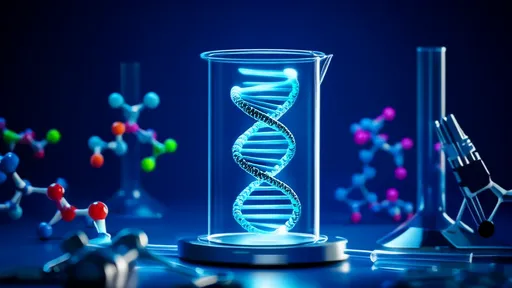
By /Jul 3, 2025
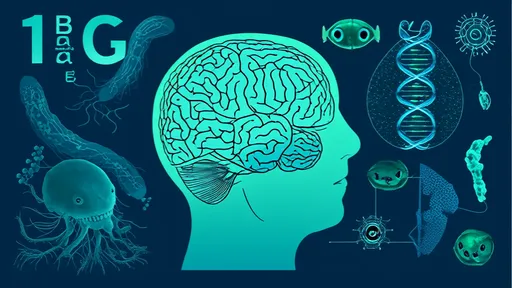
By /Jul 3, 2025
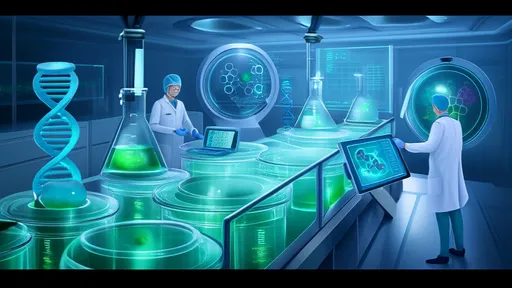
By /Jul 3, 2025
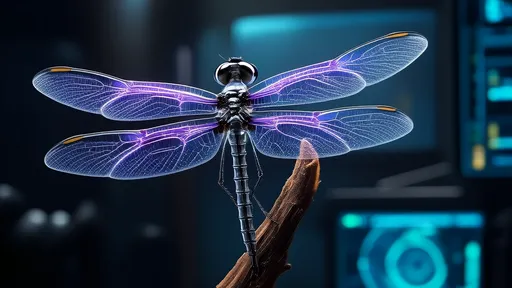
By /Jul 3, 2025
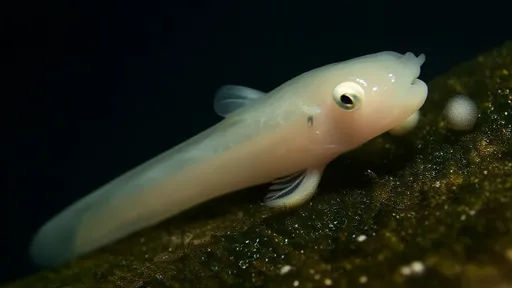
By /Jul 3, 2025
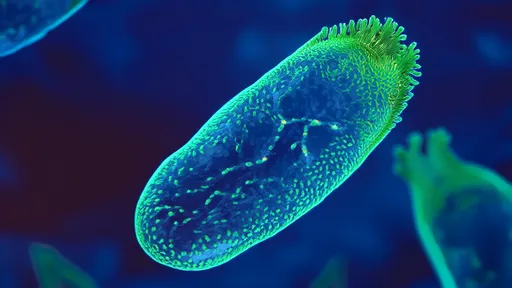
By /Jul 3, 2025
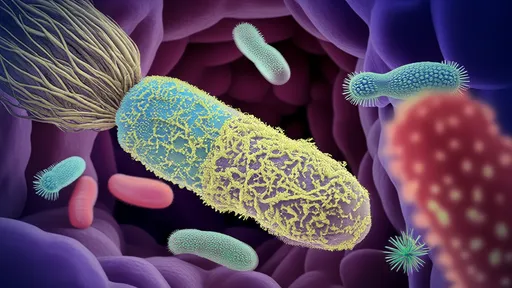
By /Jul 3, 2025
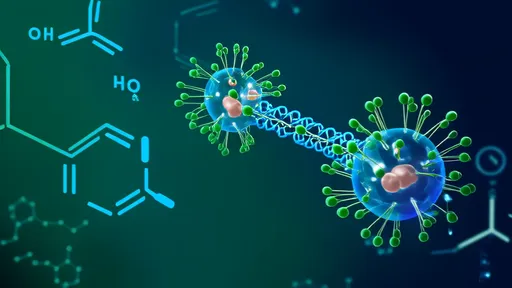
By /Jul 3, 2025
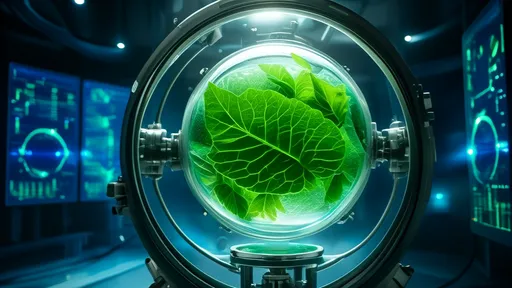
By /Jul 3, 2025